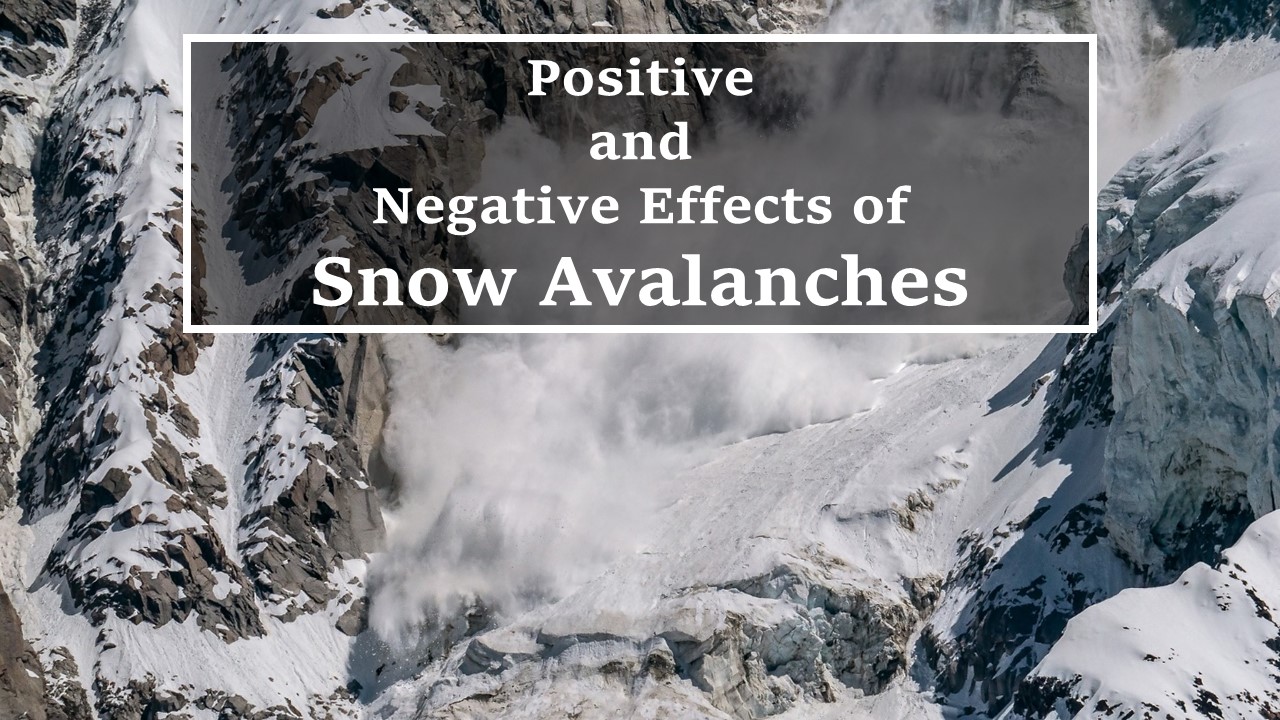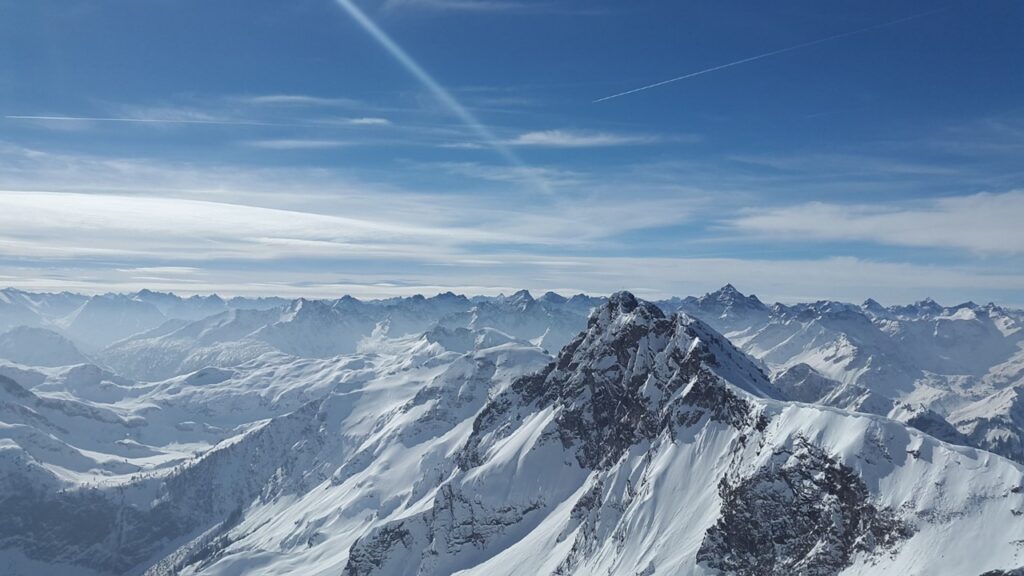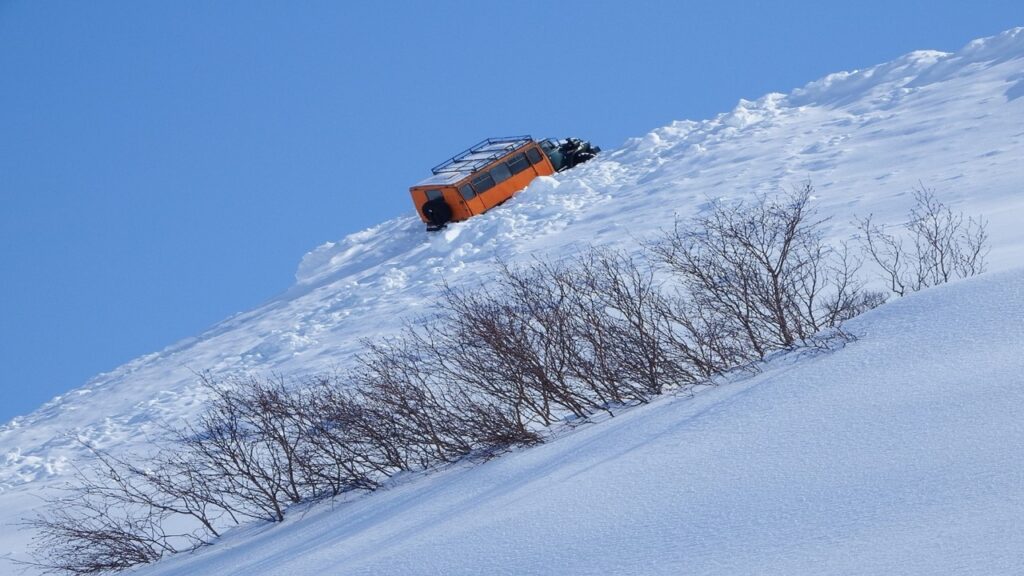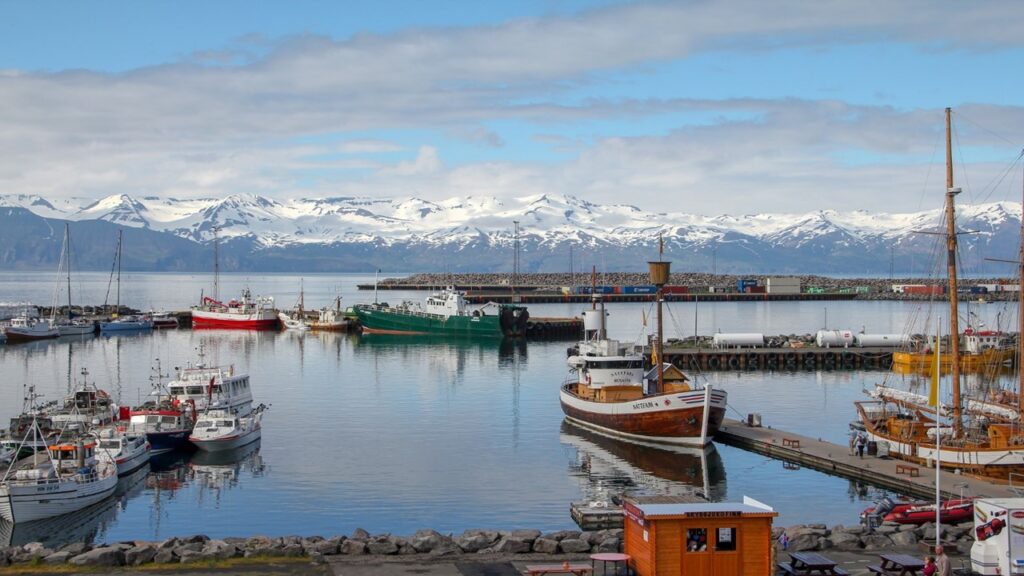Effects of Snow Avalanches: Positive, Negative, Examples

Effects of snow avalanches can be both positive and negative.
Snow avalanches occur when snow, sometimes together with debris, rush downhill. It is a natural phenomenon in snow-covered mountainous regions around the world. But sometimes, human activities like off-piste skiing can also trigger them.
As it is, snow avalanches characterize the alpine and sub-alpine environments. They create spectacular chutes allowing certain plants and animals to thrive. But as we construct more in avalanche-prone regions, they can cause a lot of damage to us as well. In the European Alps, for example, 100 people die every year due to avalanches.
Positive effects of snow avalanches
1. Store water in glaciers
One of the most important positive effects of snow avalanches is that they store water in glaciers. As a matter of fact, when avalanches stop in mountain valleys, they feed glaciers. While we often overlook that snow contains water, avalanches in fact prolong the storage period of mountain water.
Maintain snow patches in summer
Eventually, snow melts at lower altitudes during summer. But the additional snow from avalanches helps to maintain snow patches through the warm season.
2. Permit certain species to grow
Also, avalanches create conditions that permit certain plant species to grow. An example is the grey alder in the Cascade Range of the Pacific North West. It easily colonizes cleared regions following an avalanche.
Wipe out aged tree stands
Avalanches also wipe out aged tree stands thus exposing bare soil. For example, in the Andes mountain range where avalanches are common, southern beech trees can last for 300 years. Avalanches remove the old trees allowing new strands to develop.
3. Snow avalanches create unique landscape
As snow and debris trail down, they create a particular landscape. Snow avalanches have indeed shaped a unique landscape in various alpine and subalpine ecosystems around the world. In the European Alps, avalanche tracks contribute largely to the landscape.

4. Avalanches create habitats for animals
This in turn creates a number of habitats for plants and animals. Avalanche tracks are in fact the preferred habitats of caribou, brown bear and wolverine in North America. In the Alps, many threatened bird species and chamois thrive in avalanche tracks.
Additionally, dead trees provide habitats to a number of small rodents and insects. Also, in certain areas, there are more species of grouse in forests where avalanches are common.
5. Provide food to a number of animals
What’s more, avalanches often expose bare soil after their passage. Consequently, avalanche chutes quickly flourish with shoots and plants in early spring. Thus, they provide food like grass, berries and nectar to animals.
Likewise, debris from falls shelter seeds and plants thus allowing them to grow over a longer season. Microorganisms also feed on dead trees and animals which then become nutrient for the soil.
Bark beetles develop in dead trees
In addition to this, insects such as bark beetles develop in dead trees. Adults lay their eggs in downed trees and larvae feed on them until they become mature. In the absence of dead wood, bark beetles damage live trees.
6. Stabilize snowpack
Another important benefit of avalanches is that they help to stabilize the snowpack.
Indeed, snow avalanches occur when the amount of snow becomes too much on a snowpack. So, small avalanches remove excess snow off a snowpack most probably preventing a catastrophic event from happening.
This is in fact what we do in mountainous regions and near winter resorts. We use controlled means to cause avalanches in safe ways so as to reduce the threat of dangerous ones from occurring.
Negative effects of snow avalanches
1. Flooding
Sometimes, snow avalanches can come to a stop in rivers and lakes. They can either block one side of the water flow or displace large volumes of water. In any case, this may flood low-lying regions.
In the same manner, wet-snow avalanches can increase the amount of water in rivers. Snow meltwater can then spill onto roads and houses. In countries like Austria, Switzerland and Germany, warmer temperatures are increasing the risk of avalanches and hence flooding.
2. Damage built infrastructure
As a matter of fact, snow avalanches pose a problem to backcountry residents and tourists almost every winter. Large and extreme avalanches can damage built infrastructure and threaten buildings. Likewise, they can block traffic routes and damage communication lines in these remote places.
Avalanches can destroy winter resorts
Winter resorts that provide snow activities can indeed suffer a lot. In 2017, a catastrophic snow avalanche destroyed the Rigopiano Sasso Resort and Wellness in Italy. The avalanche hit the hotel at a terrific speed and pressure. It tore the concrete columns, tilted the upper floors and roof and displacing the hotel 50 m downhill.
3. Snow avalanches lead to economic losses
As avalanches destroy our settlement and infrastructure, it also leads to economic losses. In remote mountainous regions, transport routes become inaccessible. As it is, roads and railways are very important for maintaining economic activities and for emergency services.

Winter resorts must suspend activities
In the same manner, winter resorts that offer activities like skiing, snowboarding and touring must suspend their activities. In the United States only, around 25.1 million people participated in winter activities in the period 2019-2020.
So, when there are avalanches, tourists cannot visit resorts to partake in these activities.
Avalanches destroy farms, agricultural land and fishing towns
Also, in countries where snow dominates throughout the year such as Iceland, avalanches have severe repercussions. For example, from 1974 to 2000, avalanches led to direct economic losses of US $ 41 million in Iceland. Avalanches destroy farms, agricultural land and fishing towns.

4. Loss of lives and social disruption
Just like other natural hazards such as wildfires, avalanches kill people when they are caught unaware.
People wander off safe regions
Most victims die as they suffocate due to the weight of snow. More often than not, it is skiers, tourists and mountaineers who are at risk. They wander off safe regions triggering snow avalanches. By the time rescuers find them, they are already dead.
Communities don’t have time to escape
Or sometimes extreme avalanches can occur within a matter of time giving communities little time to escape. To illustrate this, the Ancash earthquake triggered a catastrophic snow avalanche in Peru in 1962. It started from the Nevados Huascaran peak travelling at a speed of 170km/h. More than 4000 people died in the event.
Snow avalanches can cause disabilities and trauma in people
And people can get injured during avalanches leading to temporary or permanent disabilities. Victims may face trauma as they lose their loved ones too. This may thus affect the family and community structures.
References
- Rixen, C., Haag, S., Kulakowski, D. and Bebi, P., 2007. Natural avalanche disturbance shapes plant diversity and species composition in subalpine forest belt. Journal of Vegetation Science, 18(5), pp.735-742.
- Frigo, B., Bartelt, P., Chiaia, B., Chiambretti, I. and Maggioni, M., 2021. A Reverse Dynamical Investigation of the Catastrophic Wood-Snow Avalanche of 18 January 2017 at Rigopiano, Gran Sasso National Park, Italy. International Journal of Disaster Risk Science, 12(1), pp.40-55.
